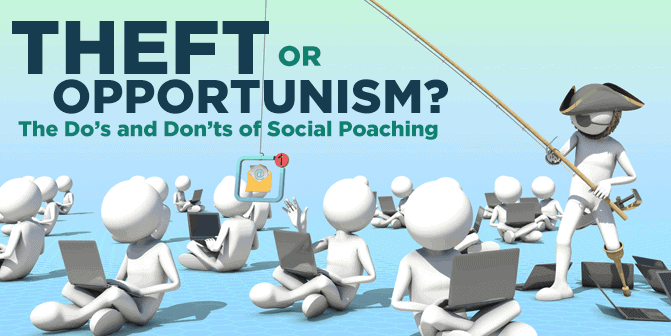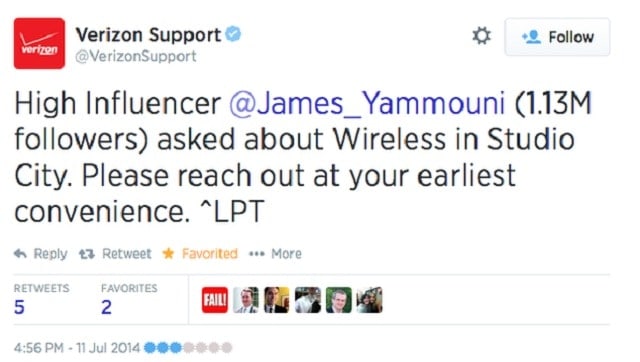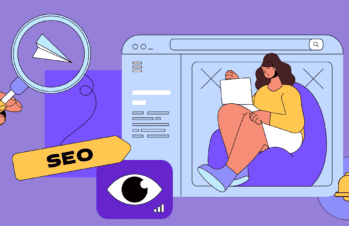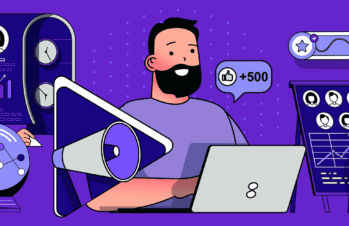When I was in the fifth grade, I had a best friend named Michelle Larsen. She and I did everything together: we played on the playground together, we went to each other’s houses on the weekends, and we talked on the phone constantly whenever our parents didn’t need the landlines. She was my first really close best friend, and I was grateful—I’d seen how lonely recess felt when Michelle was sick, and not having a best friend was like, totally uncool.
One day, Michelle and I had a fight over something stupid, in that way that little kids often do. All morning, I told everyone that she wasn’t my friend anymore, but I was silently watching the clock, nervous about when the little hand hit the 11 and I had no one to sit with at lunch. Lucky for me, the new girl in the class made a beeline for Michelle’s normal seat at the lunch table and asked to play at recess. Voila! Within a few hours, I had a new best friend.
The new girl saw an opening in the position and jumped for it. I was vulnerable, so I gave her friendship a chance that I otherwise wouldn’t—we both won. I didn’t know it then, but I recognize that incident now as social poaching.
In marketing, the social in social poaching refers to social media. Marketers scour their competitors’ pages or mentions to find customers who are expressing dissatisfaction, then swoop in with a better offer, solution, or other bid for their business. In the best-case scenario, they feel desirable and the problem is remedied quickly; in the worst-case, the client feels like a courted demographic and finds it rude.
In example, YouTube star James Yammouni tweeted about his high phone bill from T-Mobile in 2013, and it reached his 1.13 million Twitter followers… and competing wireless carrier Verizon, who tweeted this:
While the tweet was called an accident by Verizon, it led to some criticism online, with customers decrying Verizon’s obvious attempt to prioritize “high influencers.” Still, no one likes to see how sausage gets made, but many enjoy the outcome. When social poaching is done right, it can be a big win for the consumer and for the marketer.
So the question is: is it stealing, or simply good ol’ fashioned American opportunism?
For some, it’s an obvious faux pas that can tarnish even the most sterling of reputations within your industry. It’s more accepted in highly-competitive fields, but it’s considered gauche to poach from companies that are much smaller than yours.
The benefits of social poaching are great for those who are willing to take the risk: using social media marketing to step in at the point of frustration can make you an attractive alternative, and the one-to-one bid allows you to create personalized offers to your potential client.
Big-box retailer Walmart has been known to successfully use this tactic to exploit their competitors’ failings during the busy holiday season. Walmart’s dedicated customer service team, the Twitter Elves, searched for customers with product availabilities or delivery issues by searching @bestbuy and then providing counteroffers.
Protecting Your Customers
- The best way to avoid having your customers poached is to cultivate and maintain brand loyalty. Remember that your customers can’t be taken; they can only willingly leave. Happy customers won’t be swayed by a competitor if you’re truly meeting their needs, living up to your promises, and exceeding their expectations.
- Create a great customer experience each and every time, whether your customer has 1.13 million followers or just 13. Integrating your marketing department with your customer service reps is one way to ensure you’re delivering a quality product from start to finish.
- Monitor your channels 24/7 for mentions, and respond quickly to any complaints in a professional, personal way—privately, if possible. This process should take minutes, not hours. Time is money, and every minute you wait is a minute a competitor could jump in!
- You should recognize your competitors and take active steps to keep them from freely participating in your social feeds. You can remove them from your Facebook page, ban them from interacting with you, or block them on Twitter.
- If you’re going to attempt social poaching, do it well and ensure that you can deliver on your promises. Otherwise, you run the risk of having your new customer take to the Internet once again, opening you up to being poached from yourself. Hey, every brand for itself, right?
If you’re having trouble protecting your customers from the effects of social poaching, Zen Media’s expert Social Media team has tons of tips and tricks to help you stay on top of every mention, wall post, or tweet. Contact us today for more information.





